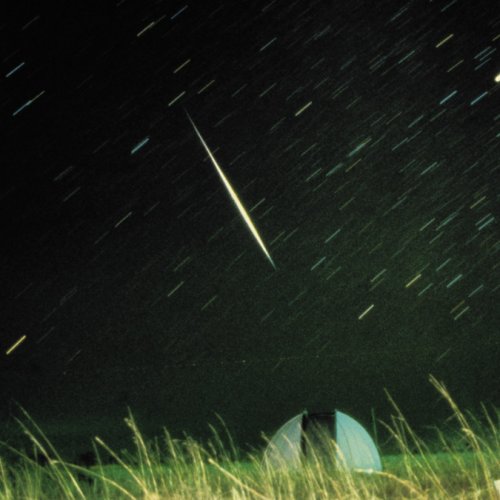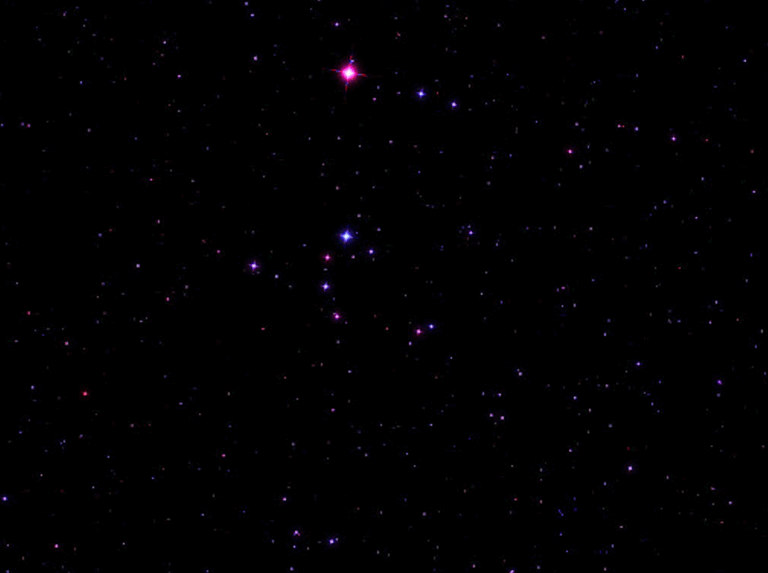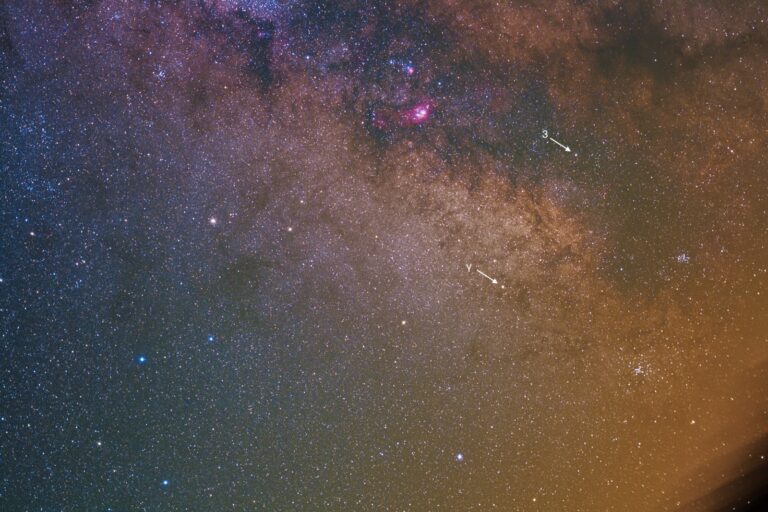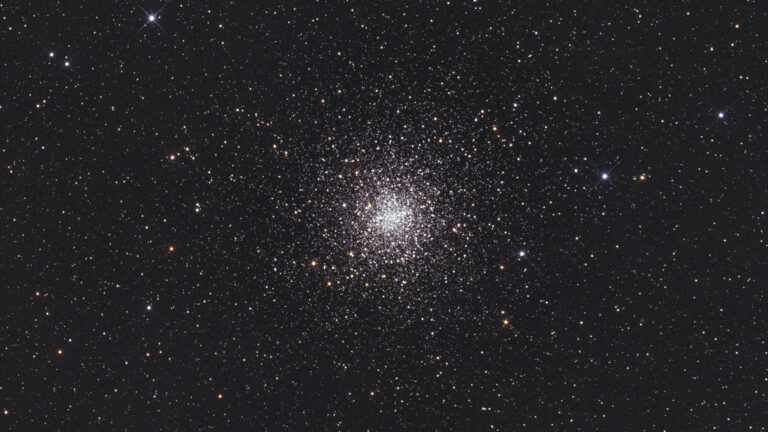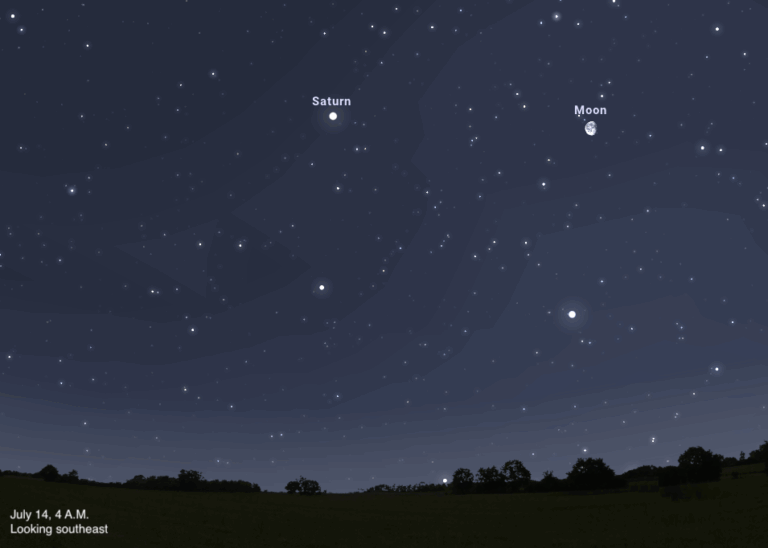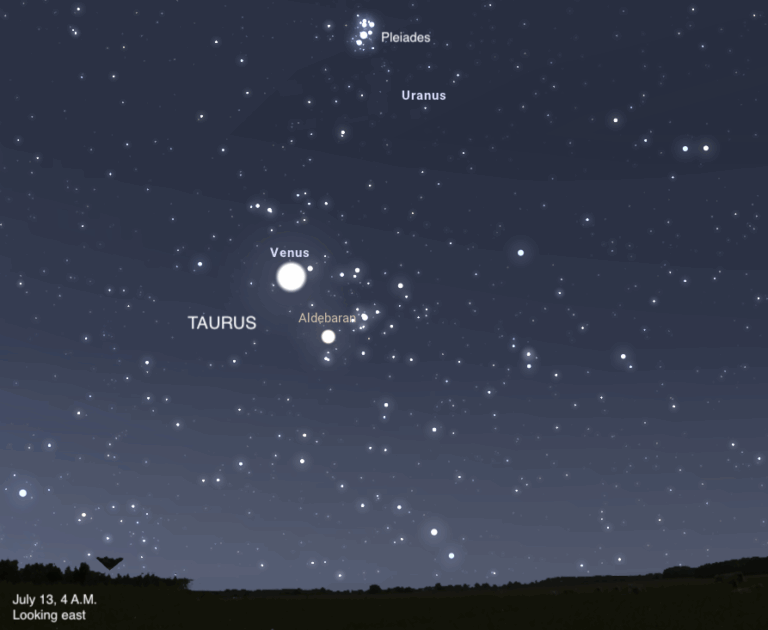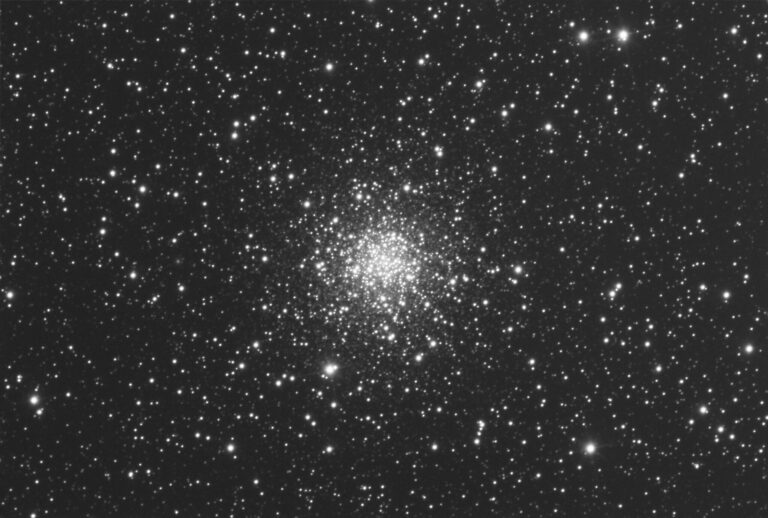Key Takeaways:
The annual Geminid meteor shower, whose peak occurs the night of December 13, usually puts on a great show. Occurring less than a month after the Leonid meteor shower, the Geminid shower generally produces the brightest meteors of the year. In 2004, the Moon will be only 2 days past new phase, so its light will have no effect on viewing — ideal conditions for enjoying this celestial event.
Usually, after midnight is the best time to observe a meteor shower. Because the Geminid peak is broad, however, begin watching at dusk December 13.
Geminids can appear in any part of the sky. To maximize your chances of seeing these meteors, though, face generally east and look one-third to one-half of the way up in the sky from dusk to about 9 P.M.
From 9 P.M. to midnight, look generally from halfway up in the sky to overhead. At any time, glancing around won’t hurt anything. If you observe late into the night, look overhead.
To maximize the chances of seeing Geminids, a clear, dark sky is preferable. Dark means at least 40 miles (64 kilometers) from a major city. No optical aid (telescope or binoculars) is required. The naked eye works best for meteor showers because your field of view is not restricted. Suggested gear includes a lawn chair, lots of warm clothing — more than you think you’ll need — cookies or fruit, and a warm, non-alcoholic beverage. Alcohol interferes with the eye’s dark adaption, as well as the visual perception of events.
Asteroid 3200 Phaethon is the source of the Geminid. Each year in mid-December, Earth sweeps through the dust trailing this small body. As these particles, traveling at tens of thousands of miles per hour, hit our atmosphere, they create the fiery streaks we see.
The next meteor shower will be the Quadrantids, whose peak is January 3, 2005.

